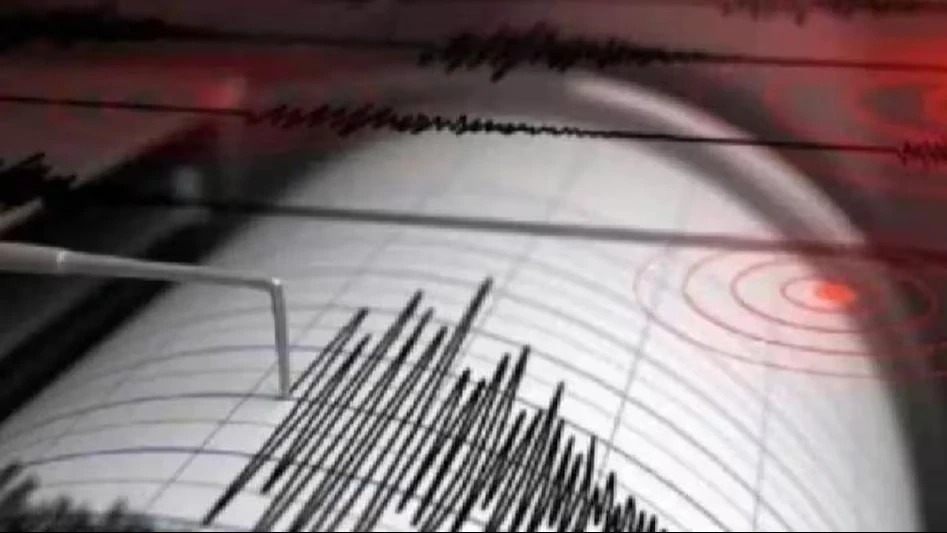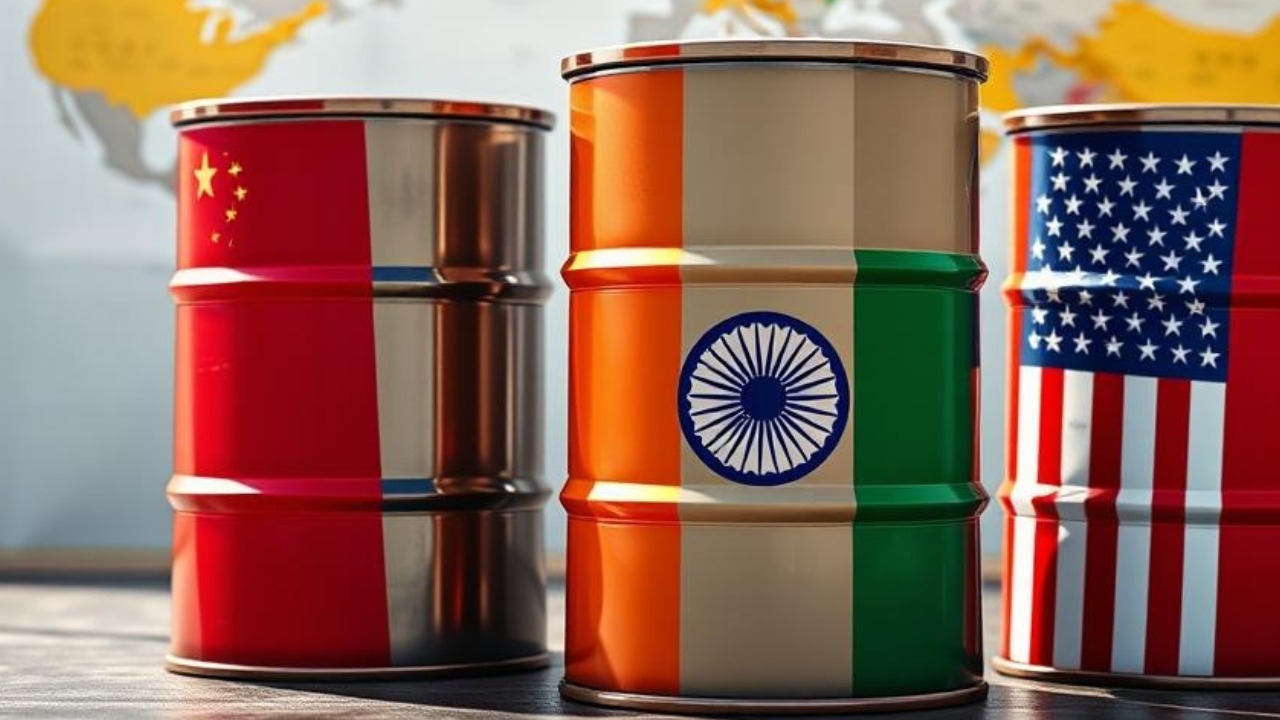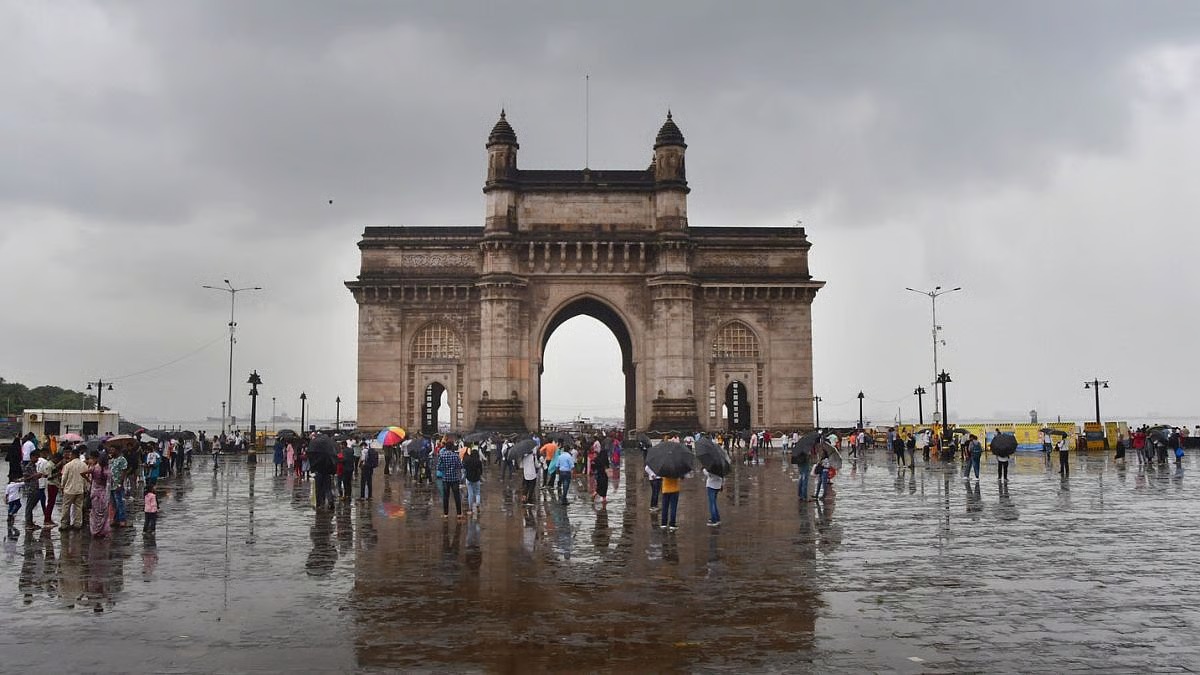
Follow WOWNEWS 24x7 on:

In a grim twist to Himachal Pradesh’s ongoing monsoon crisis, the Chamba district was jolted by two back-to-back earthquakes early Wednesday morning, compounding the region’s already fragile state. As landslides, flash floods, and infrastructure damage continue to plague the hill state, the seismic activity has triggered fresh concerns about safety, preparedness, and the resilience of local communities.
Here’s a comprehensive breakdown of the situation:
1. Twin Tremors Strike Chamba
- The first earthquake, measuring 3.3 on the Richter scale, struck at 3:27 am IST at a depth of 20 kilometers
- Its epicenter was recorded at latitude 32.87 N and longitude 76.09 E, squarely within Chamba district
- Just over an hour later, at 4:39 am, a second, stronger quake of magnitude 4.0 hit the same region
- This tremor originated at a shallower depth of 10 kilometers, with coordinates 32.71 N and 76.11 E
- Both quakes were confirmed by the National Centre for Seismology and occurred while the region was already grappling with severe monsoon damage
2. Monsoon Mayhem Continues Unabated
- The twin earthquakes come amid relentless rainfall that has battered Himachal Pradesh since late June
- In Kullu district, a cloudburst in the Lagghati area caused extensive destruction, washing away bridges and damaging roads
- The Bhootnath Bridge and Hanumani Bag Bridge were severely affected, with one cremation ground and multiple shops also damaged
- The Ropdi Bhutthi Bridge was reported to be completely washed away, further isolating local communities
- Deputy Commissioner Torul S. Ravish confirmed that all departments are actively assessing the damage and coordinating relief efforts
3. Human and Economic Toll Mounts
- According to the Himachal Pradesh State Disaster Management Authority (HPSDMA), 276 people have died since June 20 due to rain-related incidents and road accidents
- Of these, 143 fatalities were caused by landslides, flash floods, and cloudbursts, while 133 were attributed to unsafe road conditions and vehicular mishaps
- The state has suffered an estimated economic loss of ₹2,21,000 lakh, with over 1,100 houses fully damaged
- More than 27,500 livestock and poultry have perished, adding to the distress of rural families dependent on agriculture and animal husbandry
4. Infrastructure Under Strain
- With roads washed out and bridges collapsing, connectivity across districts has been severely disrupted
- Emergency services are struggling to reach remote areas, especially in Chamba and Kullu, where terrain and weather pose additional challenges
- The earthquakes have raised concerns about the structural integrity of buildings already weakened by continuous rainfall
- Local authorities are urging residents to remain alert and avoid unstable slopes and waterlogged zones
5. What Lies Ahead
- Seismologists have warned that the Himalayan region remains highly vulnerable to tectonic shifts, especially during monsoon months when soil saturation increases ground instability
- Relief teams are working round the clock to restore access, provide shelter, and assess structural damage
- The twin earthquakes serve as a stark reminder of the layered vulnerabilities faced by hill states—where climate, geography, and infrastructure intersect
- Citizens are being advised to follow official alerts, avoid unnecessary travel, and report any signs of structural damage to local authorities
As Himachal Pradesh reels under the dual impact of nature’s fury—earthquakes and monsoon havoc—the resilience of its people and the responsiveness of its disaster management systems will be tested in the days to come.
Sources: India Today, Financial Express, MSN India, LiveMint.





